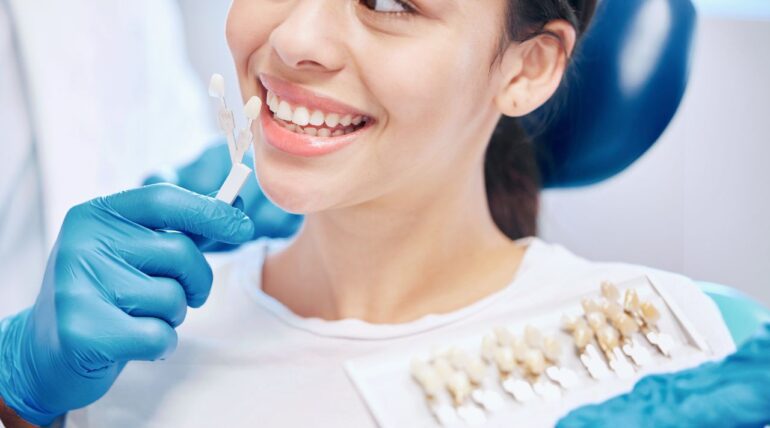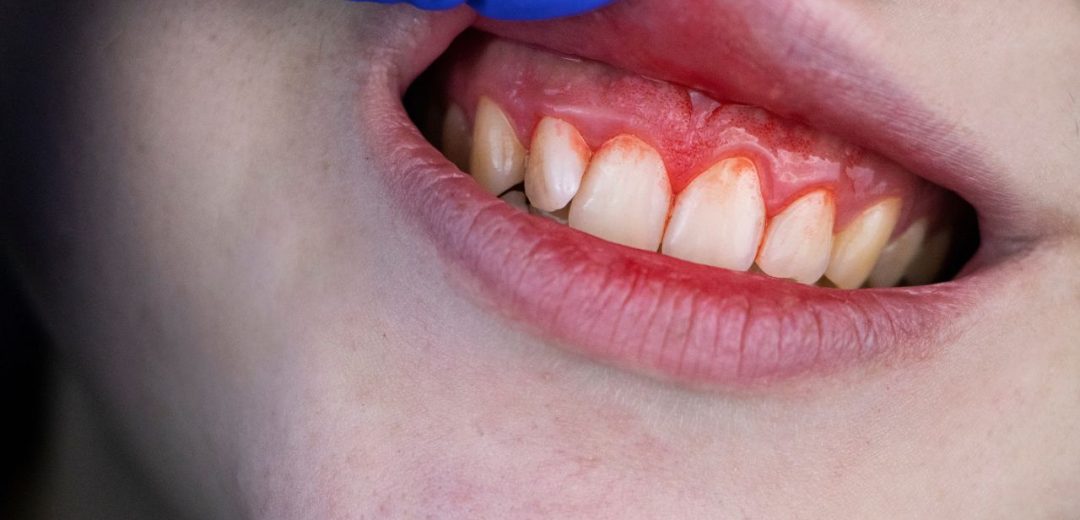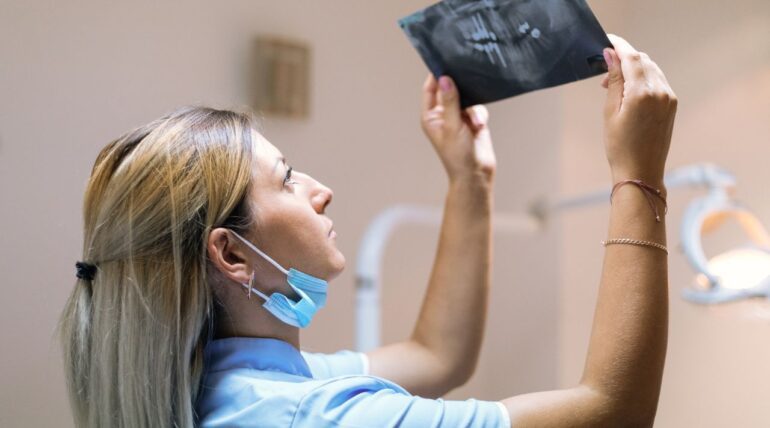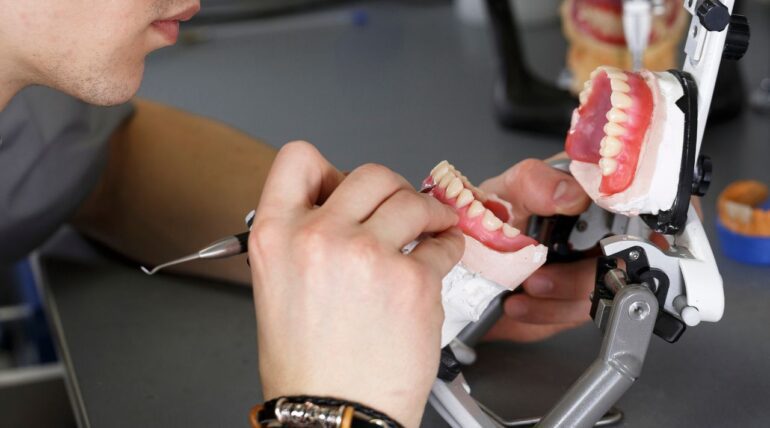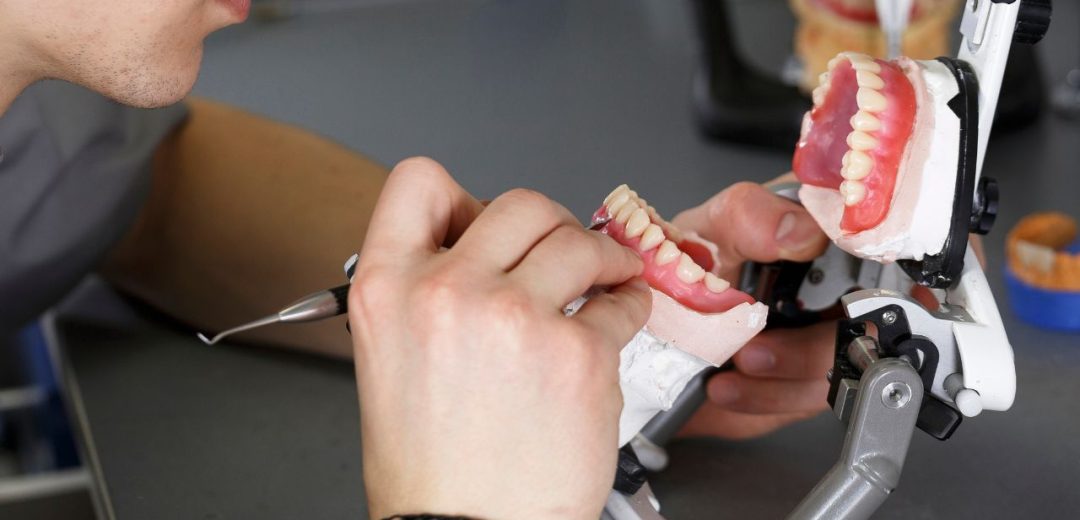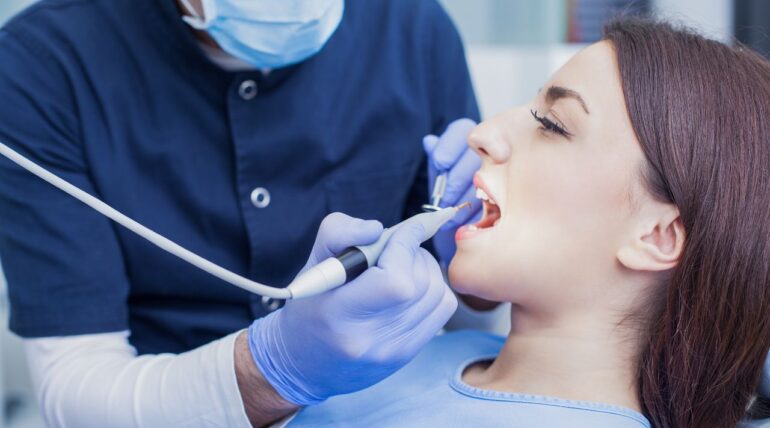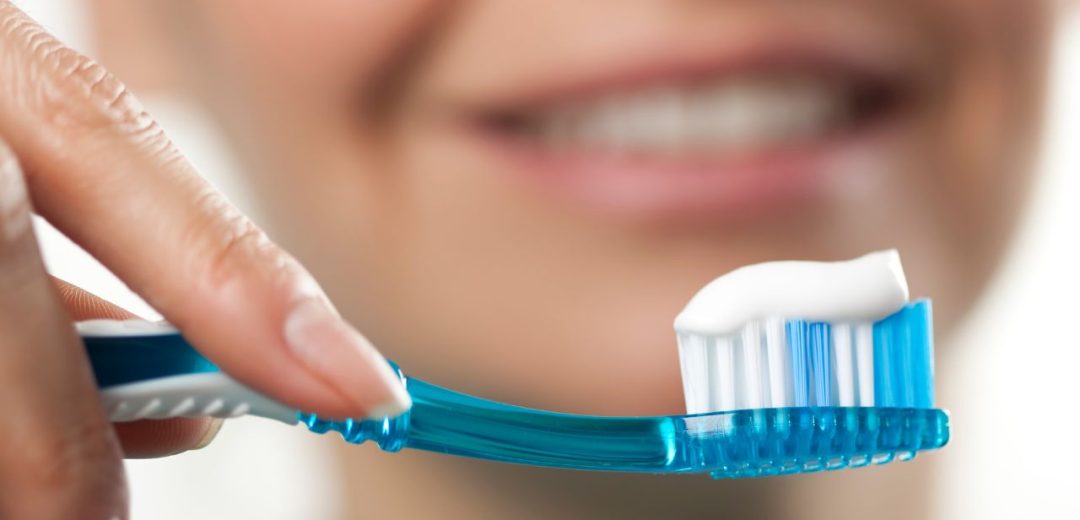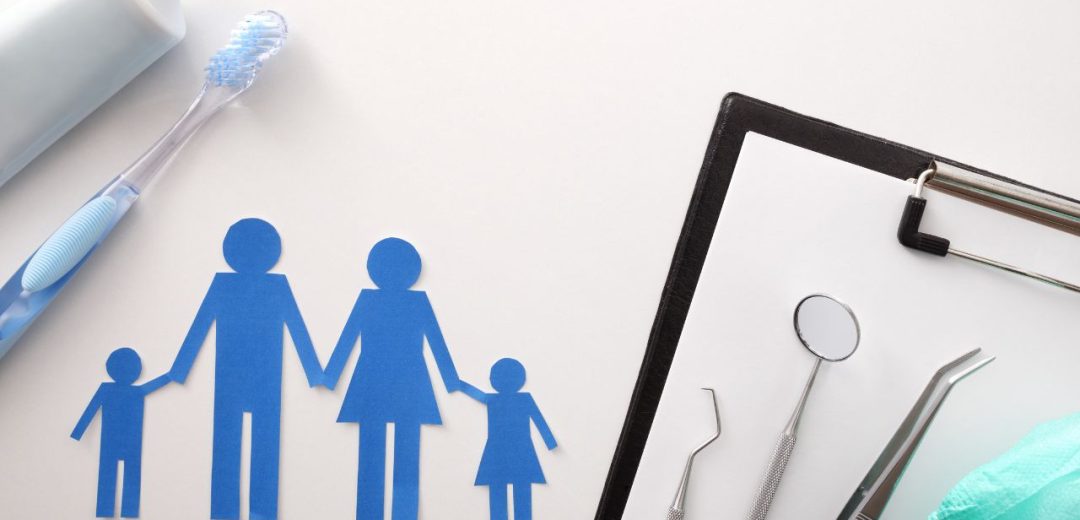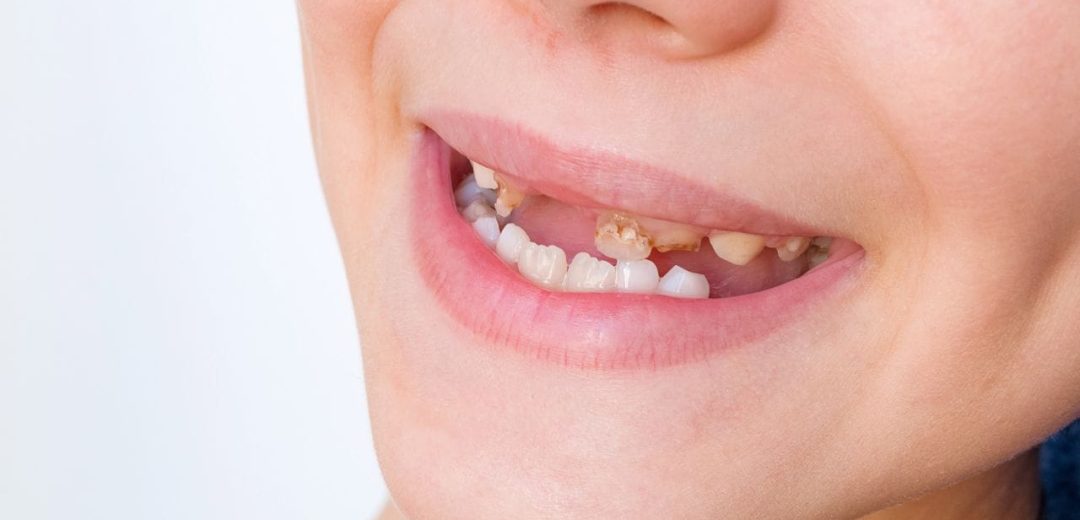How to Tell Dental Crowns and Veneers Apart
Crowns and dental veneers can help improve the appearance of your smile. Both conceal flaws in your teeth and can restore them in different ways.
It’s easy to get confused because they produce similar results. However, their procedures are very different.
So, to know which one is better for you, you must understand how both work and the difference between crown and veneer.
What is a Dental Veneer?
Veneers are usually constructed of different materials, such as porcelain, composite resin, or zirconia. Thanks to their ability to seamlessly change a smile without being invasive, they’ve become a Hollywood hit.
Dental veneers can cover damaged, chipped, misaligned, irregularly spaced, or poorly formed teeth.
They look like tiny shells bonded to your teeth’ frontal surfaces. Before applying them, though, your dentist will custom-design them according to the features of your smile.
Shape, size, and color are closest to your other teeth. It will be almost undetectable to tell you to have veneers.
The preparation required to make veneers will depend on the material you choose. Composite resin veneers are the least invasive option.
Conversely, porcelain or zirconia veneers require removing a small amount of enamel from teeth before gluing the thin ceramic layer.
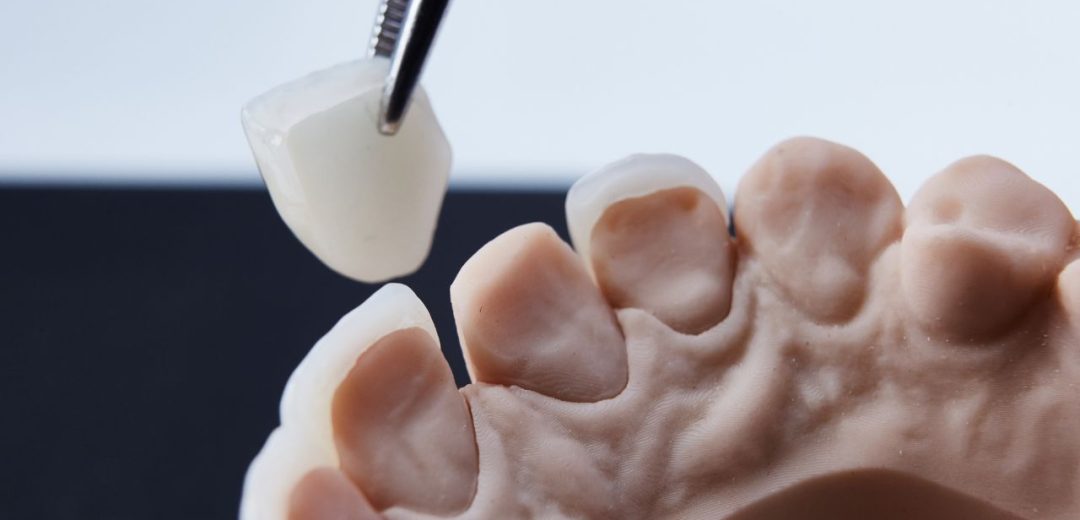
What Is A Dental Crown?
such as misshaping, misalignment, or discoloration.
Dental crowns also cover and protect cracked teeth, improve comfort, and support weak or damaged teeth. At Trust Dental Care
This type of restoration is pretty much indistinguishable from natural teeth. The best part is that it functions and looks like them.
Dental crowns cover the entire tooth down to the gumline. They can be fabricated from various materials, such as porcelain, ceramic, zirconia, and gold.
Since they’re meant to protect the entire tooth down to the gum line as a protective layer, they require more enamel removal before being glued in place than veneers.
However, they are stronger and more long-lasting, which is crucial for patients who clench or grind their teeth.
Veneer Preparation vs. Dental Preparation
In some ways, the two preparations are quite different yet similar. However, some folks think getting veneers requires the same level of preparation as getting crowns, which is wrong.
To understand the differences, here is a quick comparison:
Porcelain veneer preparation:
- The dentist removes a small amount of enamel from the front and sides of the teeth to prepare them. This opens up space for the veneers.
- The dentist takes an impression, or mold, of the teeth they have shaved down and chooses the perfect shade of color for your veneer.
- The impression goes to a dental lab, where your porcelain veneers will be custom-designed to fit your teeth. Since this could take a few days, the dentist may provide you with temporary veneers to wear in the meantime.
- When they’re ready, the dentist bonds the veneers to your teeth, checks that the veneers fit correctly, and that’s it!
Dental crown preparation:
- Your dentist will prepare your tooth by shaving down its top and sides. This requires more enamel removal to properly fit the crown and eliminate any damaged parts of the tooth.
- Then, your dentist will digitally scan your tooth to create an impression. They’ll send the picture or mold to a lab to custom-design it.
- You may also get a temporary crown while you wait for the permanent one.
- Once the permanent crown is ready, the dentist will remove the temporary crown and place it on your tooth. Your dentist will cement the new crown when your bite is correct and properly adjusted.
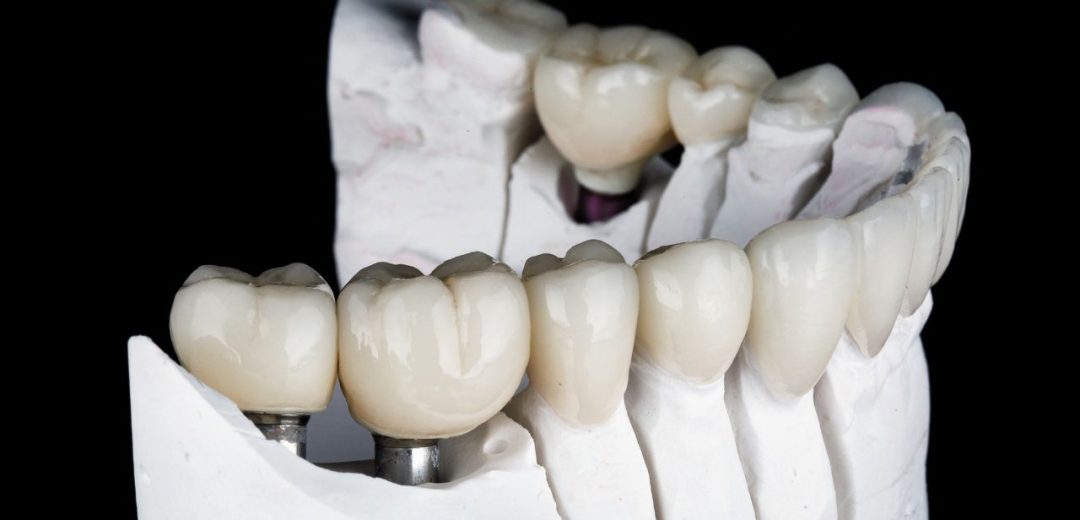
Which One is Better for You?
Each restoration covers quite different needs. As you may imagine, dental crowns are a little bit more invasive, and that is because they fix more severe issues, specifically those that put your tooth at risk.
If your teeth are severely decayed or broken, you had a root canal, or you’re getting a dental implant, dental crowns are the way to go.
On the other hand, if your teeth are healthy but discolored, very yellow, chipped, or have minor misalignment, veneers will revitalize them powerfully.
Dental veneers are primarily cosmetic, although depending on your dentist’s conclusions, they may also be restorative.
The choice will depend on what your dentist advises you and the route you want to take with your smile, so visiting a dentist before deciding on any of them is essential.
